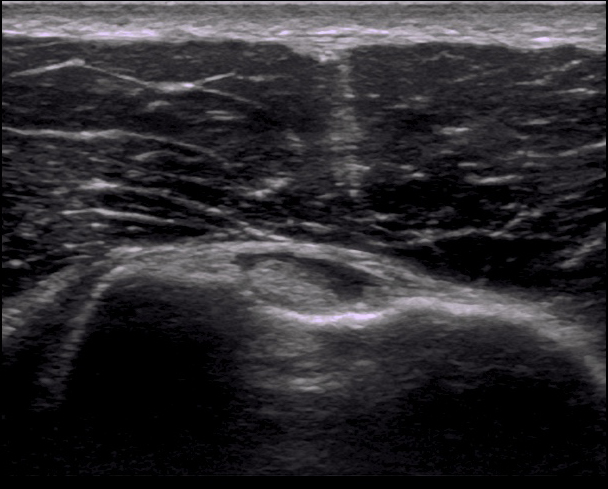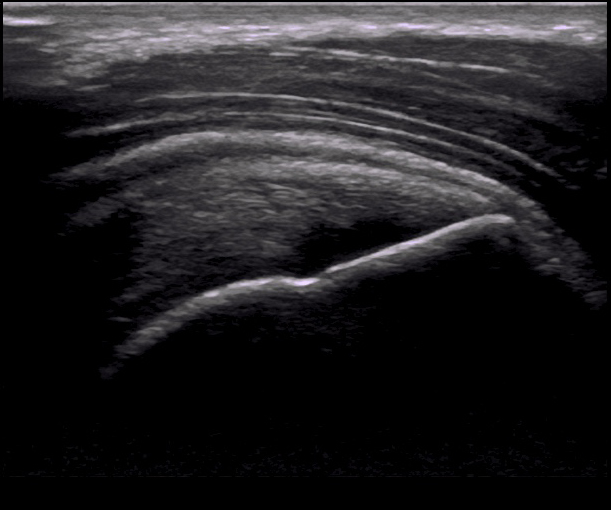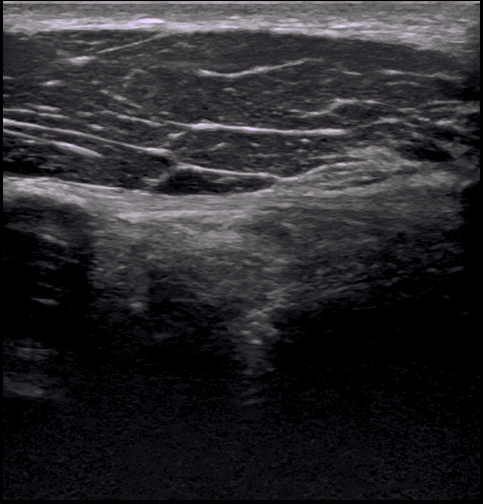


Stellate Ganglion Block
The Stellate Ganglion Block (SGB) is a sympathetic nervous system “Re-Boot,” used to treat symptoms of anxiety, long-term pain syndromes and stress disorders. The SGB has helped former naval and military personnel recover from Post-Traumatic Stress Disorder following their return to civilian society. In nearly all of the cases that it was used, the SGB was found to have a significant impact on decreasing levels of depression, anxiety and improving the mental health of patients. Since its prominent success in the military community, the SGB has been used to treat a multitude of other behavioral illnesses and disorders. Additionally, athletes have begun to use the SGB to synchronize their brain and body so that they can perform optimally in competition.
Many people face a daily struggle with depression, stress, and anxiety, which prevents them from being physically and emotionally present in their everyday life. If you are someone who feels these symptoms, and may struggle with other issues including insomnia, fogginess, irritability, etc., or you are an athlete who is looking to sharpen your mental acuity and heighten your reflexes, schedule a consultation with us to determine if the SGB is right for you.
Benefits of the Stellate Ganglion Block (SGB):
• Restores emotional and mental clarity
• Improves sleep, reduces insomnia
• Treats Post Traumatic Stress Disorder (PTSD) and Post Traumatic Stress Injury (PTSI)
• Improves memory and concentration
• Decreases irritability
• Restores autonomic function to the Nervous System
• Enhances sexual function and intimacy
• Improves ability to interact socially
• Reduces “on edge” feeling or other forms of social anxiety
• Treats panic attacks
• Fibromyalgia
SGB Frequently Asked Questions
How does it work?
The sympathetic part of the autonomic nervous system (ANS) normally prepares our body for emergencies (“fight or flight” response). It controls our heart rate, blood pressure, skin temperature, and the response of our eyes to light. It can also control the perception of pain, the ability to relax, to focus our thoughts, to function sexually, and to respond to stress. When the sympathetic nervous system (SNS) is overwhelmed, generally from extreme stress, it becomes programmed to an inappropriately high set point. This causes the body to remain in a state of extreme, survival-level response, increasing an individual’s reaction to life’s everyday events. This is a STRESS INJURY, in which the brain is inappropriately stuck in a “fight or flight” response. This high set point cannot be corrected without resetting or re-booting that part of the nervous system, much like re-booting a computer that is stuck with too many programs running at the same time. Many people have experienced a SNS STRESS INJURY, and as such cannot function physically, think clearly, relax and enjoy being alive. The SGB works to “reset” the nervous system and restore the nervous system to its normal levels.
What should I do before the SGB procedure?
•Complete a PCL questionnaire
•Inform us of your medications and allergies
•Continue to take regular medications
•Prepare to have a driver after the procedure
What happens during the SGB procedure? The patient will lie face up on the exam table, awake and alert, for the duration of the procedure The patient will receive an IV catheter in your arm or hand The skin will be disinfected and an ultrasound exam is performed on the neck to identify anatomical landmarks and locate the Stellate Ganglion. Under ultrasound guidance, the patient will receive an injection of 8 mL of a long-acting anesthetic around the Stellate Ganglion. The injection takes 10 minutes, but the patient will be monitored for an hour after the procedure. Normal side effects (that last anywhere from 2-6 hours) are Horner's syndrome, Ptosis (drooping of upper eyelid), Miosis(constriction of pupil), hoarse voice.
How effective is the SGB procedure? The SGB procedure has proven to be extremely effective, particularly among individuals who score higher than 50 on the PCL test. Most patients appear to have long-lasting results with just one treatment, while others may require additional treatments at least three months apart. If the patient actively remains in high stress situations, they may be more likely to benefit from repeat SGBs.
SGB Research The following articles contain research for the effectiveness of SGB procedures.
Post-Traumatic Stress Disorder (PTSD) newsSean Mulvaney Post-Traumatic Stress Disorder (PTSD) paper
Stellate Ganglion Block Study
60 Minutes Stellate Ganglion Block (SGB) segment